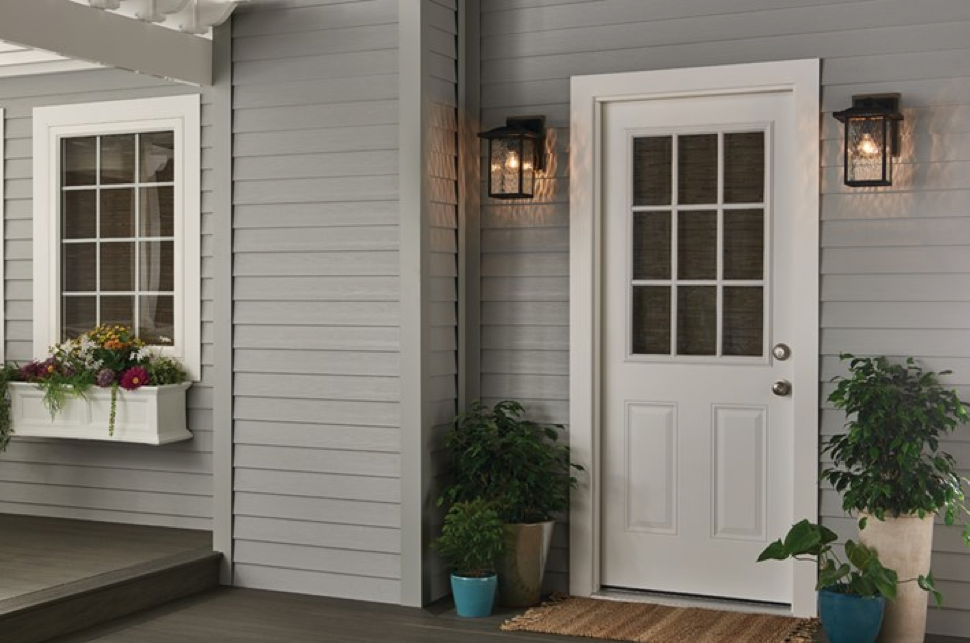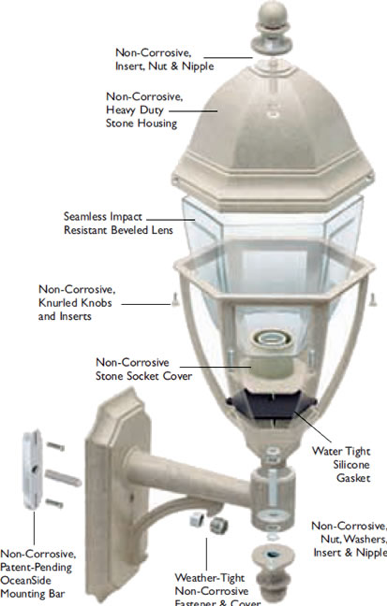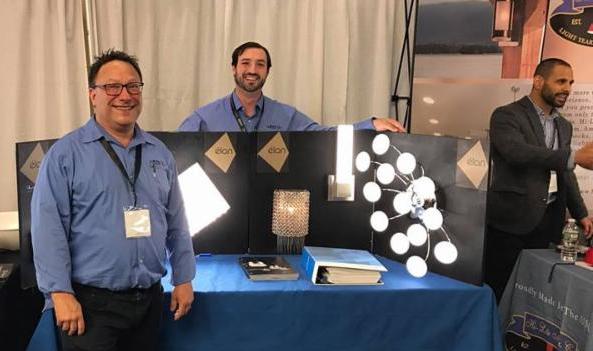Entry Lighting:
The rule of thumb for front and side door lights is to place them just above eye level, usually at a range of 25-33% down from the top of the doorway. This places fixtures at the proper height for your door and provides illumination at the entry without getting glare in the eyes of your guests. The light must be high enough to cast on the landing and steps, also within a few feet of the door.

Front Door:
When lighting the front door the EZS team suggests two lights, one on each side, for a front door and a single fixture for a side or back door. Michael Estrin has decades of experience with lighting design and provides this word of warning; “Be aware of the size of your door lights. Most people pick a light that is too small. TIP: Take a picture of your front door with measurements and put the largest possible light there.”
Step Lights:
Step lights can increase safety around the home when there are stairs involved. When you want to add safety and security in low-level lighting situations and increase your style and design aesthetic adding step lights can fill the bill.




Materials for Outdoor Lights:
Typically, there are three materials used in the construction of outdoor lights. The first and least expensive is aluminum. Aluminum is the lowest quality of the materials used, not good near the ocean, but with a quality powder coated finish they can have a good life. Next is stainless steel. Stainless looks great for a long time with proper cleaning and maintenance.


